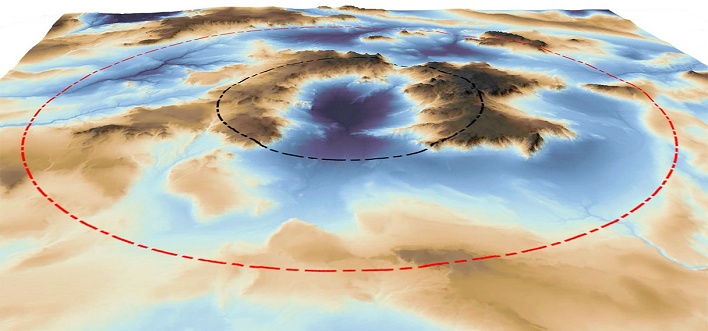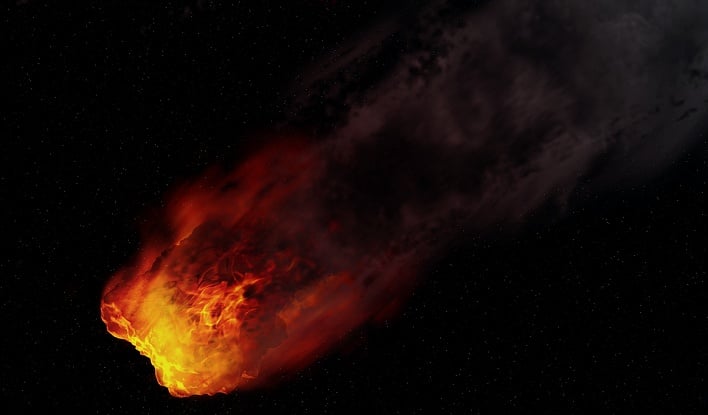NASA's Chief Scientist Warns The Risk Of An Asteroid Strike Is Worse Than Previously Thought
Talk of an asteroid impacting Earth and causing mass destruction has been a long-term concern, and why NASA sent its DART mission to smash into an asteroid to test a way of redirecting one if it were to ever pose a risk to Earth. Scientists use past asteroid impacts in order to try and estimate when another devastating impact, such as the one that led to the demise of the dinosaurs, may occur. But what if the data scientists have been using has been wrong? That is in part what a new study suggests could be the case.
James Garvin presented the new study recently at the Lunar and Planetary Science Conference. In short, he explained, "It would be in the range of serious crap happening."

Garvin admits that the claims are phenomenal, explaining, "We haven't proven anything."
Others remain doubtful at this point. Bill Bottke, a planetary dynamicist at the Southwest Research Institute in Boulder, Colorado, remarked, "I'm skeptical. I want to see a lot more before I believe it."

Once features that were unrelated to the impact were removed from the images, the team applied an algorithm Garvin first developed for Mars. An example of one result was the Pantasma crater in Nicaragua, which grew from 14.8 kilometers to 35.2 kilometers in diameter.
Crater scientists argue that what Garvin and his team are seeing is more likely to be debris ejected by the impacts. "Those features are so subtle that I don't think they say, 'big structural rim,'" remarked Gordon Osinski, a planetary scientist at Western University.
For now, the new data is compelling but will need more evidence before convincing others. Garvin and his colleagues will further study marks in ice cores or ocean or lake sediments, as well as visit the sites of the rings to search for deformed rocks and gravitational variations that would support it being a true crater rim.


